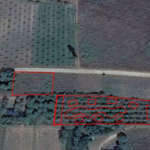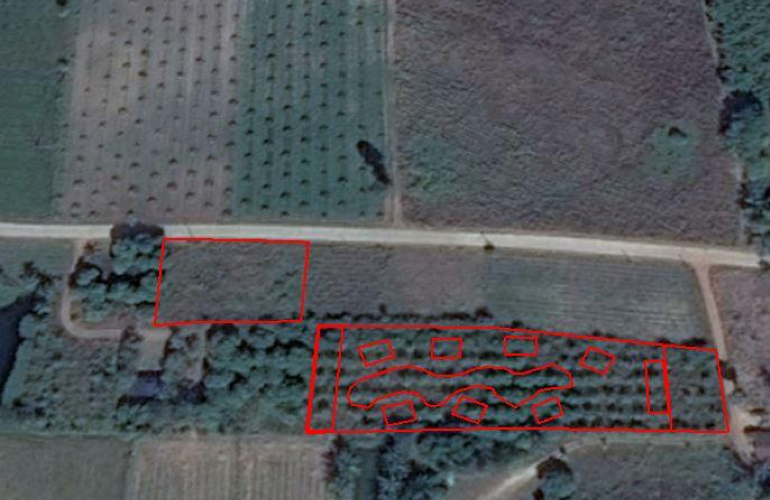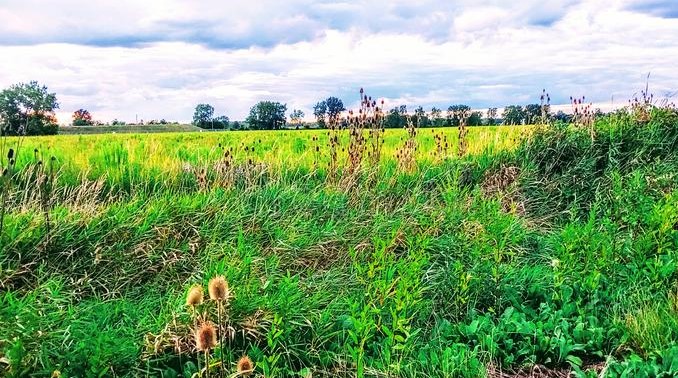Appointment 3 was made, solicitor was under no illusions that we would not be leaving without a 30 year lease. We also spoke to the big boss in the area about if there were any shortcuts in the process? A couple of calls later, he told us to go to ‘desk 5′ and speak to Ms. Xyz (sorry I forget the name),’ slip her 1000 AED and all would be sorted out. Hmmm hmm …OK… Let’s see. We followed the instructions and all seemed to be going to plan when….
… We were all (me too) called to see the senior Officer in connection with the lease request. The same comments were passed about cutting down on leases, credit to PJ she was fighting the cause, the solicitor was useless TBH. We were then asked to wait outside while she consulted… (Lord knows who)
I started to get that feeling… You know the one, where you just know what’s about to happen….After 10 minutes, solicitor and PJ were called, almost immediately they came back and said, it could be made to happen if a small err… ‘Payment’ was made to y’know…help things along.
How much? Says I
5000 THB came the reply.
That’s where I made my biiiiiig mistake.
No…I did not argue. I did not refuse. I said yes ok… But… I said it too quickly!
Back they went with the good news. Oops back they came, in 60 seconds, it was not 5000, now it was… 30,000!
Damn! But… I had to have it, so I had to agree.
30k for 30 years… Still not too bad but there it was… My first experience of back-handing a deal through.
Money was paid, and lease was then duly acknowledged and added to the Chanote. We also got the chief officer to agree to assist us in the future, should we need it. More on that later.
So, one bri… Payment made, one lease secured.
Onward, ever onward…









